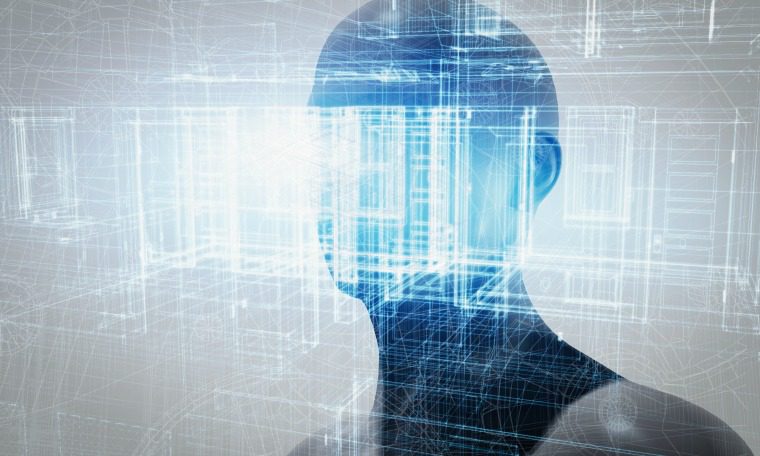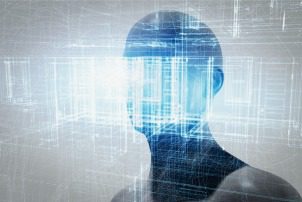
 What if CLOs could predict personalized learning needs or deliver targeted learning content based on work tasks before employees need it?
What if CLOs could predict personalized learning needs or deliver targeted learning content based on work tasks before employees need it?
They can. Artificial intelligence technology, or AI, can process vast quantities of data and content to target the right piece of content to the individual employee, when it’s needed, no matter where that employee is. By predicting and delivering highly specific learning in real-time, AI can transform corporate learning and development.
Here are a few ways AI will impact the future of learning:
A virtual learning assistant, or learning bot, for every employee: There are now AI-based virtual personal assistants such as Amy, from x.ai, which help to manage and schedule meetings. Learning departments may soon roll out virtual learning assistants, or learning bots, which could upend workplace learning by making users more effective. For example, they could identify and recommend the most important knowledge to help get a job done, making the everyday workflow easier. Learning bots will rely on conversational interfaces, which are likely to be the first way learners experience AI.
Anticipate employees future performance: Skills, training conducted, information shared, and internal connections to other high performers are just a few of the data points that will give managers the information they need to better predict outcomes for teams and each individual’s level of contribution. While there may be some initial knee-jerk reactions to such AI uses, this is essentially about improving a manager’s ability to nurture talent by addressing an individual’s strengths and weaknesses.
Real-time competency modeling: Competency models are expensive to create, to maintain and to use, and they’re out of date the second they are rolled out. AI, in particular natural language processing, or NLP, will revolutionize this area of the CLO’s role and help to achieve the results competency modeling has promised for so long.
Learning leaders will be able to use AI and NLP to read performance data at the task level, and map it to skills. For instance, read content metadata, and accurately map it to skills that will be developed by its consumption. Or, run matches between roles and tasks to target learning. Or, predict the likelihood of high task performance. Other uses for AI in learning may include:
- Automatically suggesting bite-size learning based on upcoming meetings on an employee’s calendar.
- Suggesting learning based on a deep analysis of team behavior.
- Personalized and contextual content delivered directly to where learners are working, such as Slack or Salesforce.
The possibilities are exponential, far-reaching and exciting. Organizations seeking to drive digital innovation should evaluate a number of business scenarios where AI and machine learning could drive clear and specific business value; consider experimenting with one or two high-impact scenarios.
Also, consider key performance indicators to drive adoption. AI’s growth will bring new criteria for success including an organization’s collaboration capabilities and information sharing culture, experimentation, learning and decision-making effectiveness, and the ability to reach externally for insights.
The aforementioned disruptions won’t arrive all at once, but the pace of innovation and development is faster and the implications more far-reaching than most learning leaders realize. But if CLOs can visualize what tomorrow’s workforce will look like, they will be on the right path for AI’s inevitable arrival.
Amar Dhaliwal, chief evangelist at EdCast, a learning experience company. Comment below, or email editor@CLOmedia.com.



